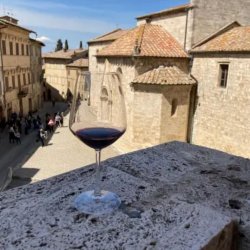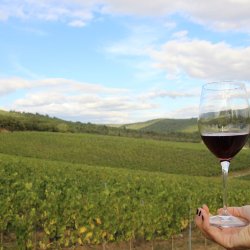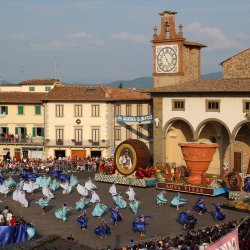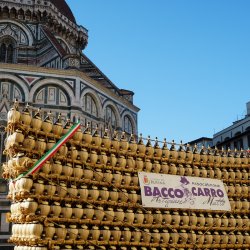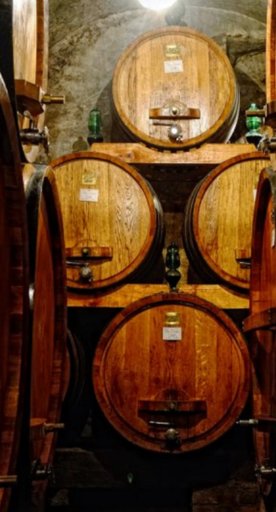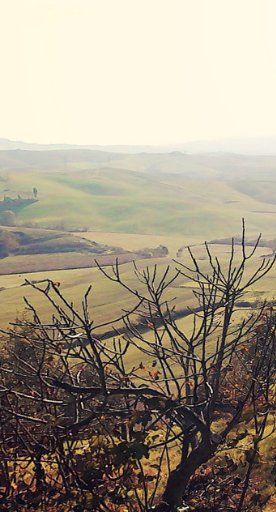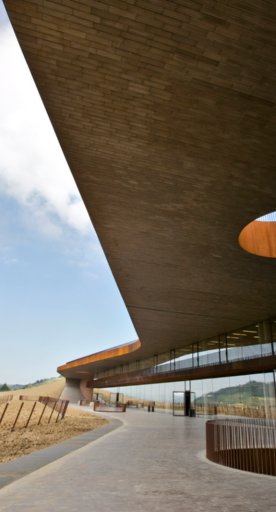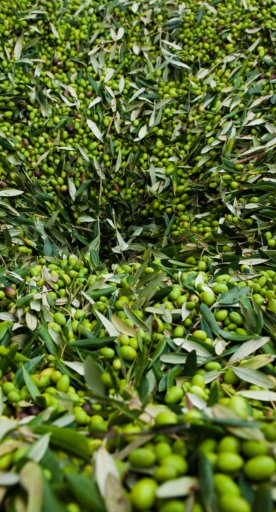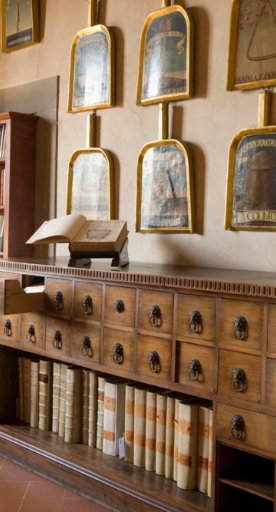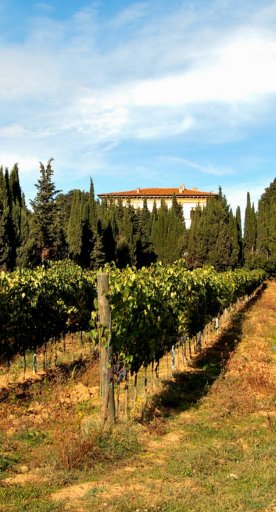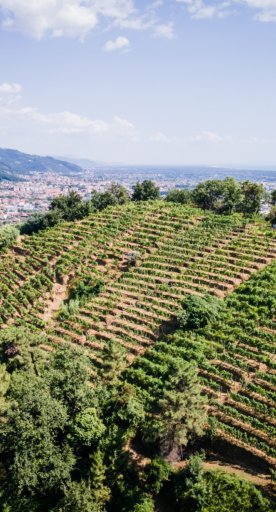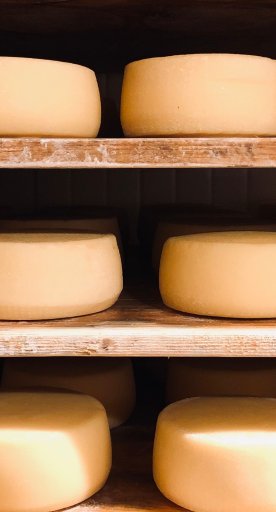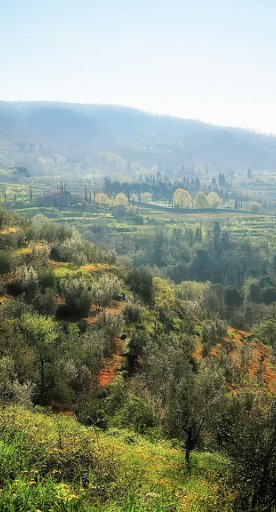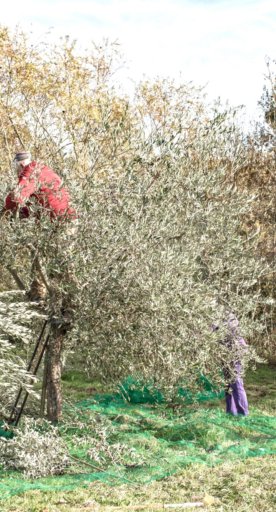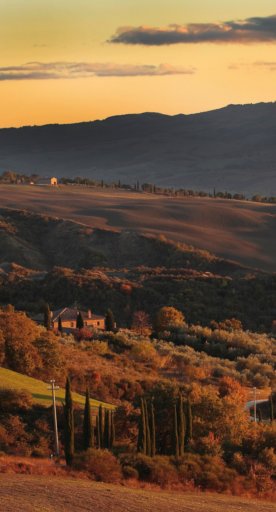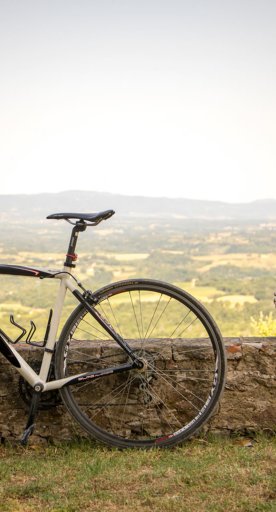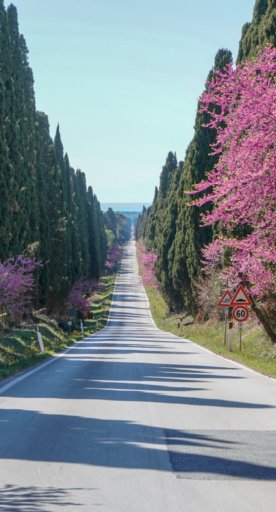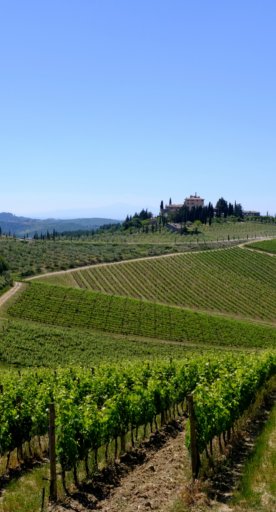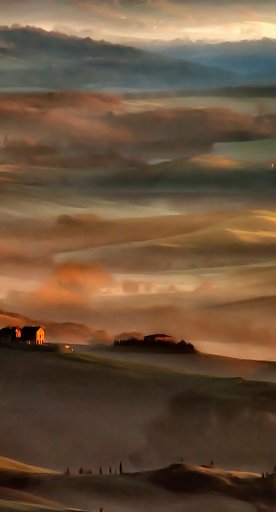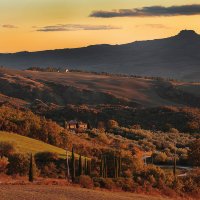The DOCG wines of Tuscany
A guide to learn about Tuscan wines with controlled and guaranteed designation of origin
Tuscany is one of the regions best known for producing quality wine, thanks to the soil and mild climate of its territory, but also thanks to a long winemaking tradition. In this article we will look at the most important wines from Tuscany that have obtained DOCG (Denominazione d'Origine Controllata e Garantita - Controlled and Guaranteed Designation of Origin) recognition.
-
1.What does DOCG mean?
-
2.The 11 DOCG wines of Tuscany
-
3.Brunello di Montalcino DOCG
-
4.Carmignano DOCG
-
5.Chianti DOCG
-
6.Chianti Classico DOCG
-
7.Aleatico Passito dell'Elba DOCG
-
8.Montecucco Sangiovese DOCG
-
9.Morellino di Scansano DOCG
-
10.Rosso della Val di Cornia DOCG
-
11.Suvereto DOCG
-
12.Vernaccia di San Gimignano DOCG
-
13.Vino Nobile di Montepulciano DOCG
-
14.Tuscan Wine for Beginners
What does DOCG mean?

Before we begin, let's take a step back and see what DOCG means in detail. DOCG (Denominazione d'Origine Controllata e Garantita) is awarded to wines of "particular quality merit". As with DOC (Denominazione d'Origine Controllata), the specifications establish precise rules, such as the geographical area of production, grape varieties and organoleptic qualities. In addition, DOCGs are subject to additional controls, both at the processing and bottling stages.
The 11 DOCG wines of Tuscany
There are as many as 77 DOCG wines in Italy, 11 of which are produced in Tuscany. Almost all of the best certified Tuscan wines have some percentage of Sangiovese, the region's most prized grape characterized by a predominantly red- and black-fruit-oriented aroma, pronounced acidity and lively tannins.
Let's take a look at these 11 DOCG wines and discover their characteristics.
Brunello di Montalcino DOCG
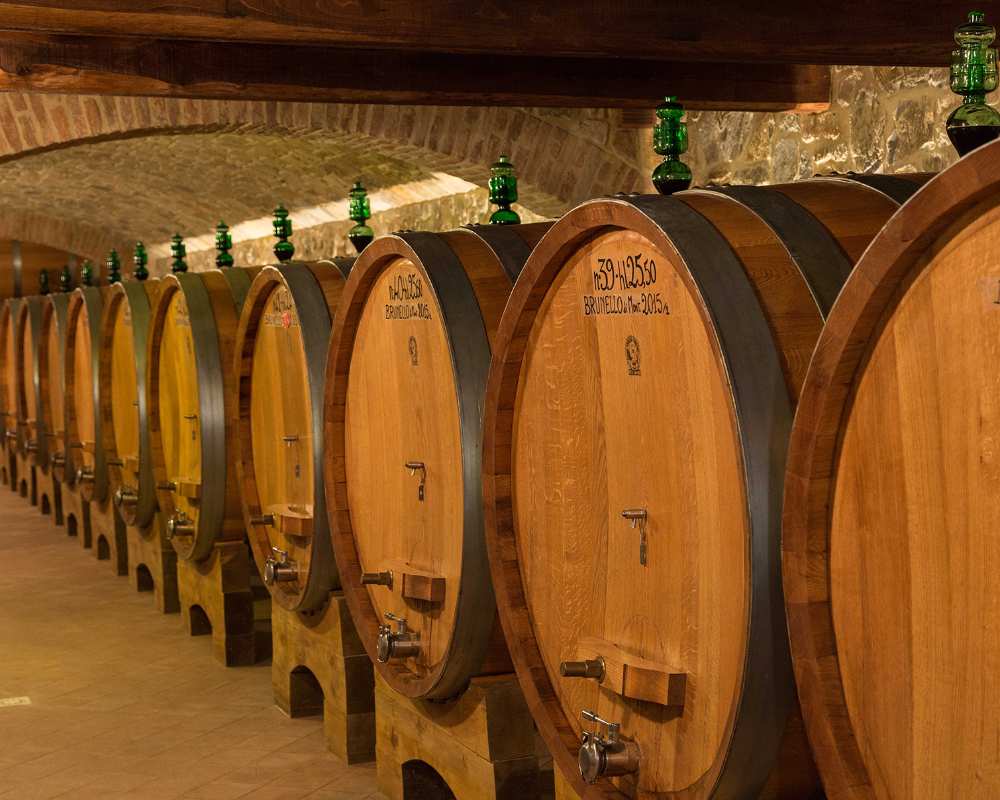
Brunello di Montalcino (Rosso in the "normal" type and Riserva) is made from the Sangiovese grape variety, traditionally referred to as "Brunello" in Montalcino, and is produced exclusively within the municipal boundaries of Montalcino, among the hills of the Val d'Orcia. Excellent with meats and elaborate dishes, Brunello is also considered a "meditation" wine.
Carmignano DOCG
Carmignano DOCG is produced exclusively in the municipal territories of Carmignano and Poggio a Caiano. The basic grape variety used is Sangiovese (for a minimum of 50%) with the accompaniment of Canaiolo nero, Cabernet Franc and Cabernet Sauvignon. White grapes, Trebbiano toscano, Canaiolo bianco and Malvasia del Chianti, are also present, up to 10%.
Chianti DOCG
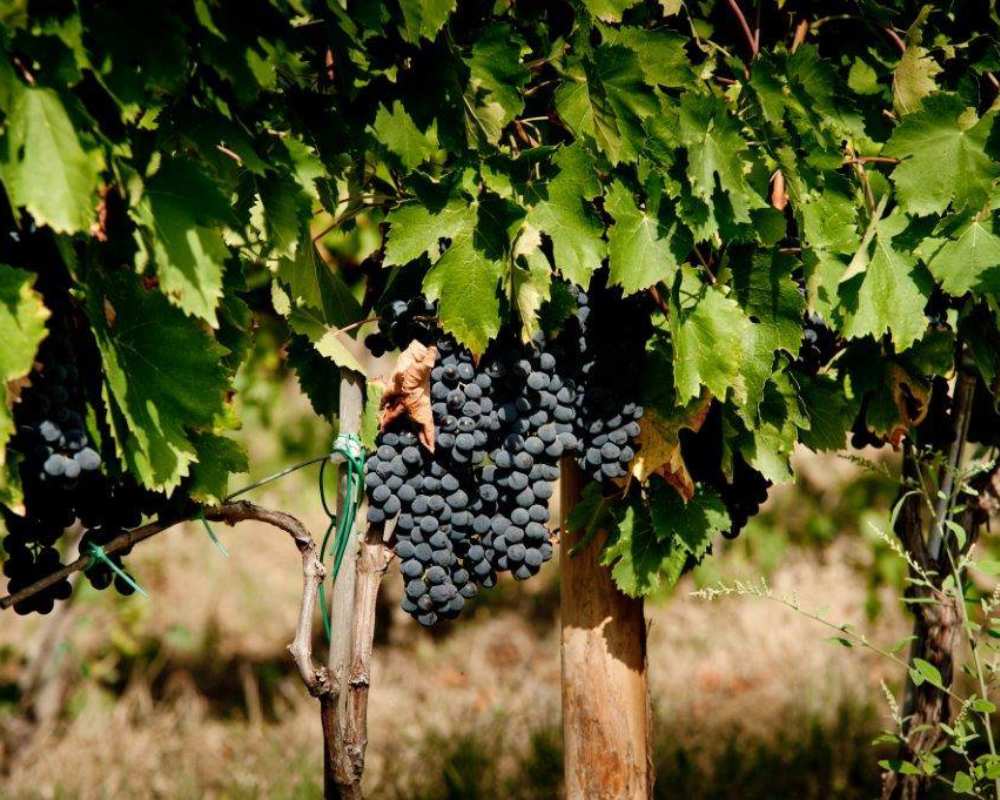
Chianti DOCG is made from Sangiovese (minimum 75%), Canaiolo nero (up to 10%), Trebbiano toscano and Malvasia del Chianti (up to 10%), and is produced in the territory of more than 100 municipalities in the areas of Arezzo, Florence, Pisa, Pistoia, Prato and Siena. Depending on the geographical area, various sub-areas are distinguished, in which these wines are produced in both normal and reserve types:
- Chianti Colli Aretini
- Chianti Colli Senesi
- Chianti Colli Fiorentini
- Chianti Colline Pisane
- Chianti Montalbano
- Chianti Montespertoli
- Chianti Rùfina
Chianti Classico DOCG
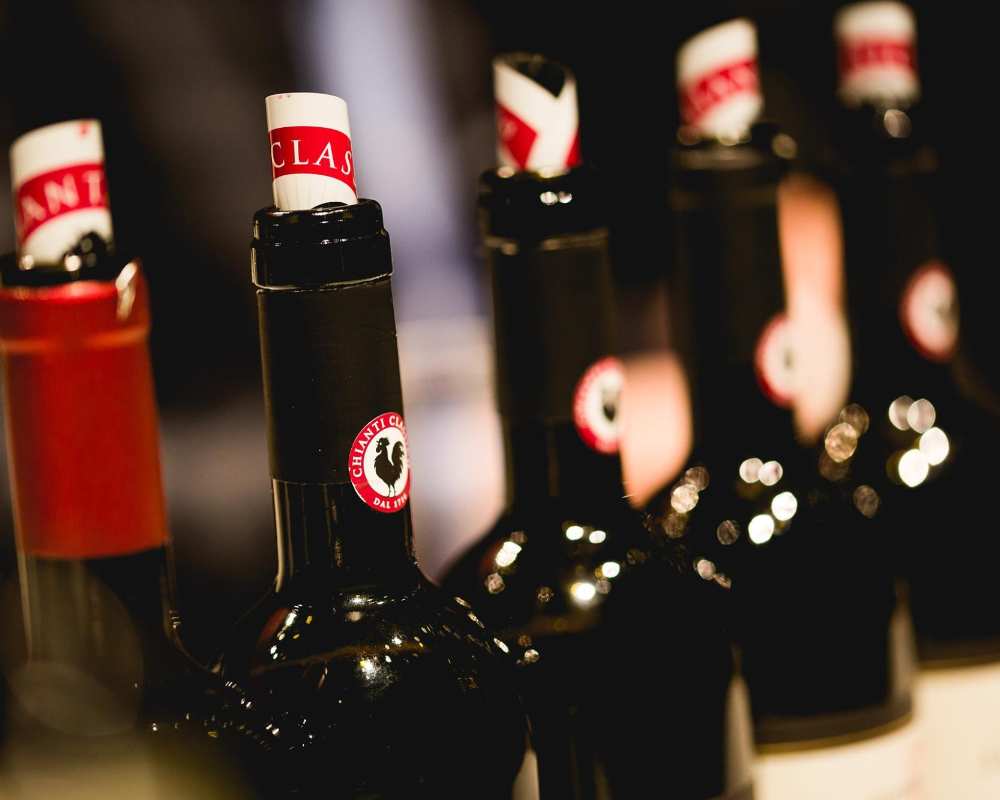
Chianti Classico DOCG is produced in the territory in the municipalities of Greve in Chianti, Radda in Chianti, Castellina in Chianti and Gaiole in Chianti and part of the administrative area of San Casciano in Val di Pesa, Tavarnelle Val di Pesa and Barberino Val d'Elsa, Poggibonsi and Castelnuovo Berardenga. The wine contains at least 80% Sangiovese, and bottles of Chianti Classico DOCG are labeled with the characteristic "Black Rooster" seal.
Aleatico Passito dell'Elba DOCG
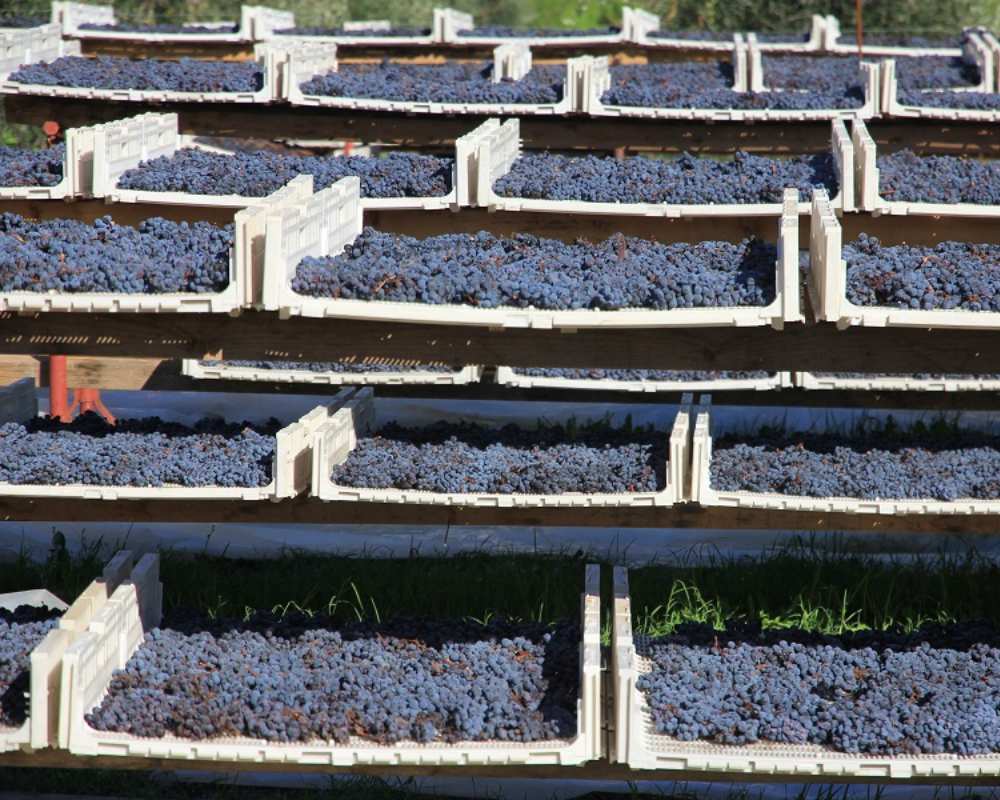
Aleatico Passito DOCG from the Island of Elba is made from 100% grapes from the Aleatico grape variety.This sweet nectar has been made on the island for centuries, and proof has been found that it was enjoyed by the Greeks and Romans. Napoleon also appreciated it during his exile on the Island on Elba.
Montecucco Sangiovese DOCG
Montecucco Sangiovese DOCG (Rosso and Riserva) is produced in the territories of Cinigiano, Campagnatico, Castel del Piano, Roccalbegna, Civitella Paganico, Arcidosso and Seggiano. It's made from at least 90% Sangiovese grapes.
Morellino di Scansano DOCG
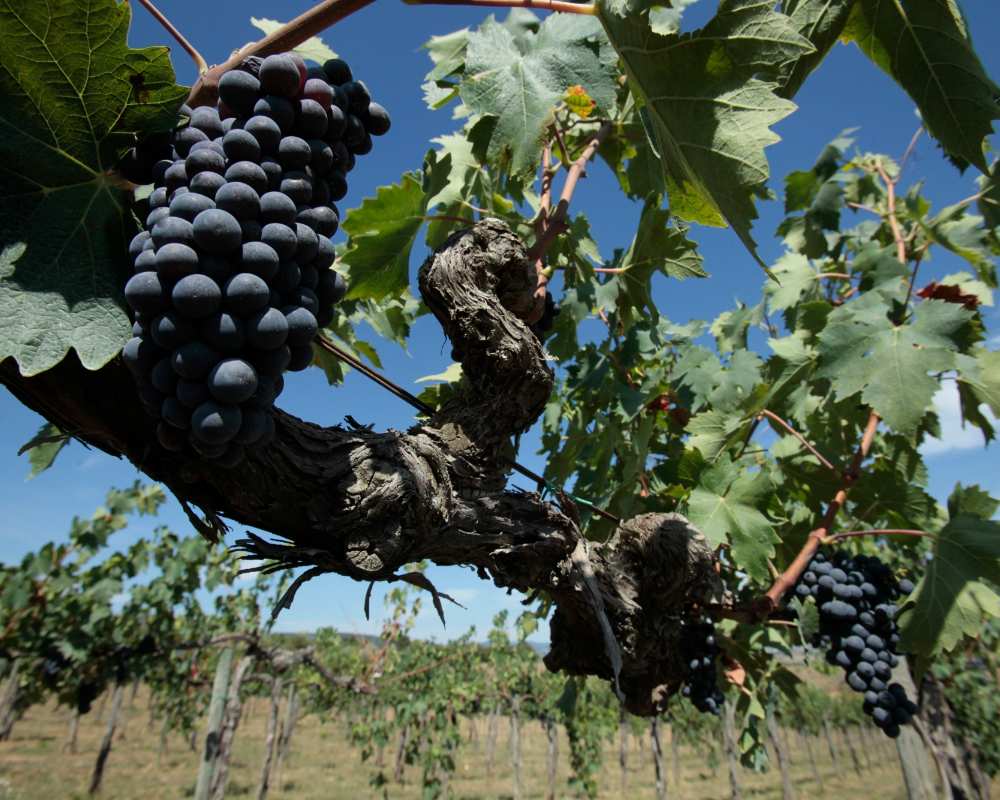
Morellino di Scansano DOCG is produced in the hills around Grosseto, between the Ombrone and Albegna rivers, and contains at least 85% Sangiovese grapes (called locally "Morellino," a name borrowed from the Morelli horses typical of the area).
Rosso della Val di Cornia DOCG
Rosso della Val di Cornia DOCG is produced in the territories of Suvereto and Sassetta, part of Piombino, San Vincenzo, Campiglia Marittima and Monteverdi Marittimo. It's made from at least 40% Sangiovese, and a max 60% of Cabernet Sauvignon or/and Merlot.
Suvereto DOCG
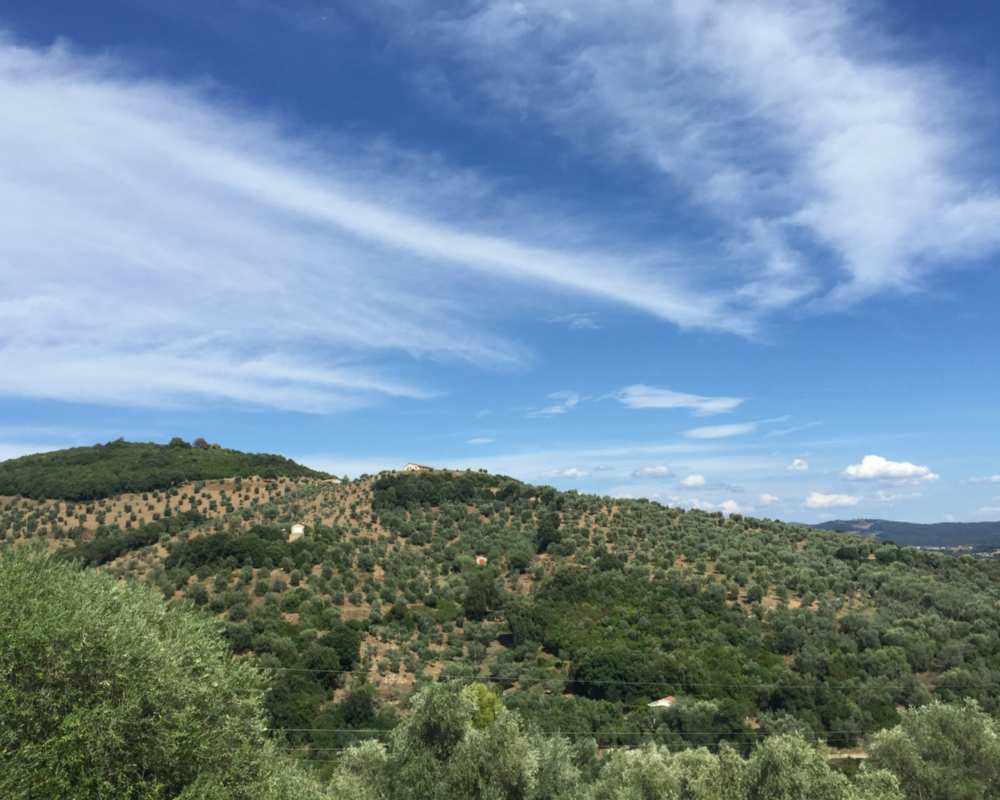
Suvereto DOCG, produced in the homologous Val di Cornia area, accompanies typical local recipes, such as tortelli, buglione d'agnello and game dishes. Suvereto is made from 85% to 100% Cabernet Sauvignon, Merlot or Sangiovese grapes.
Vernaccia di San Gimignano DOCG
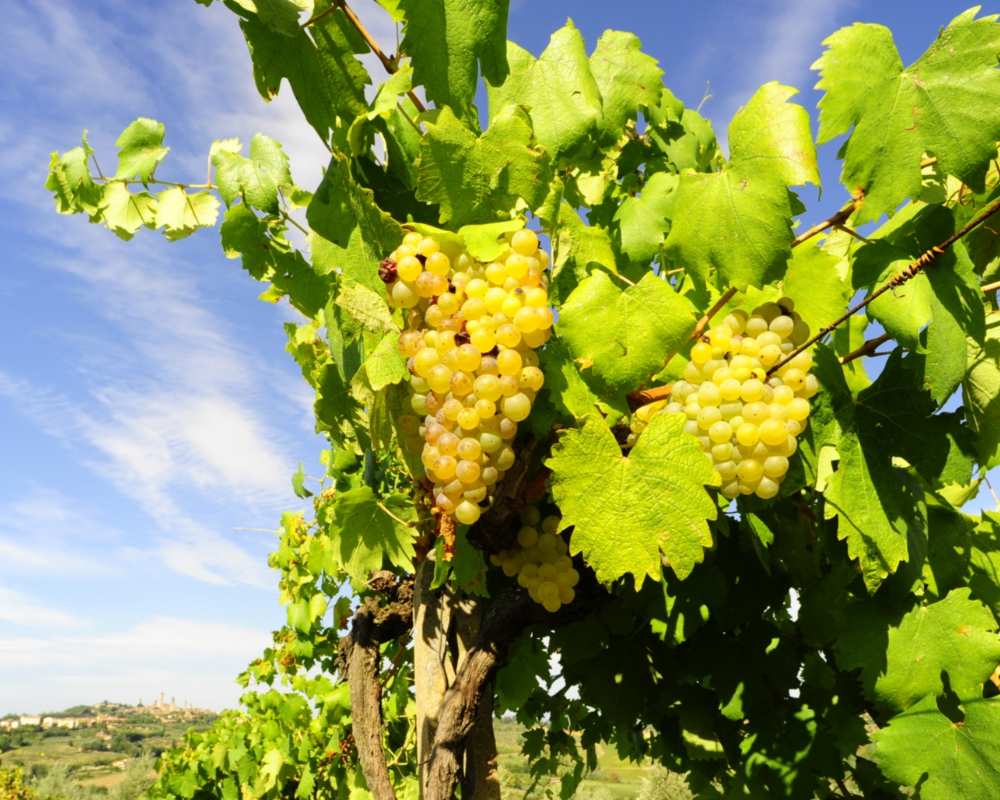
Vernaccia di San Gimignano DOCG, also mentioned by Dante in the "Divine Comedy", is the only white wine on this list. It has a characteristic straw-yellow color that tends to golden with age.
Vino Nobile di Montepulciano DOCG
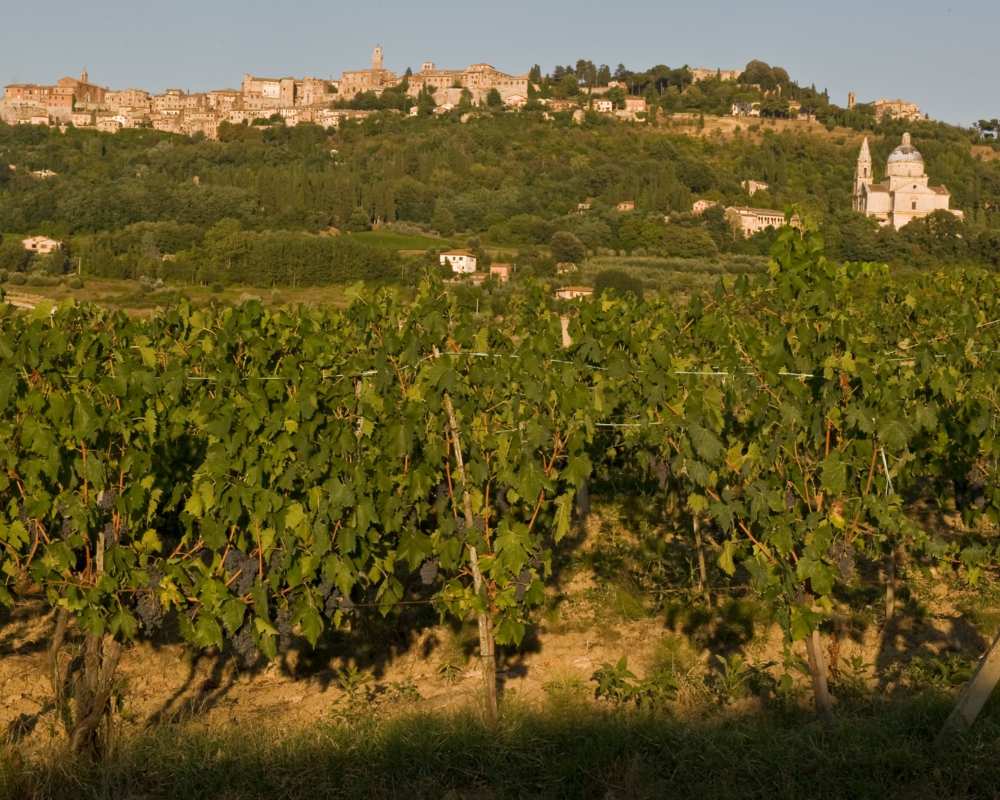
Vino Nobile di Montepulciano in 1980 became the first Italian wine to obtain the Denominazione di Origine Controllata e Garantita label. The basic grape varieties are Sangiovese (Prugnolo gentile from 70% up to 100%) and Canaiolo nero (maximum 20%).
Tuscan Wine for Beginners
If you are passionate about the world of Tuscan wine, continue to "study" it with us! Check out our playlist Tuscan Wine for Beginners: 12 video tutorials that will help you understand how to taste and appreciate the wines of Tuscany!

